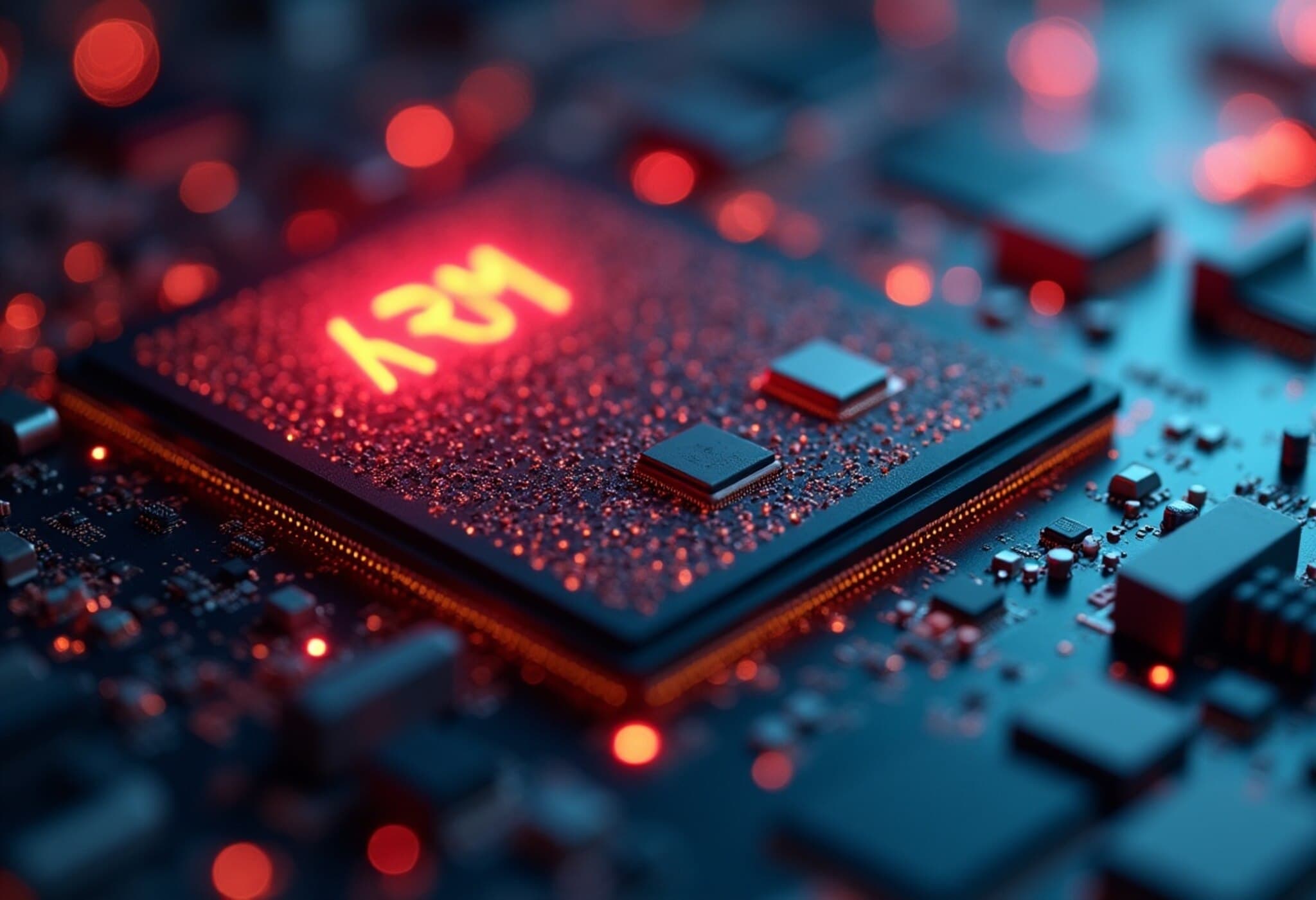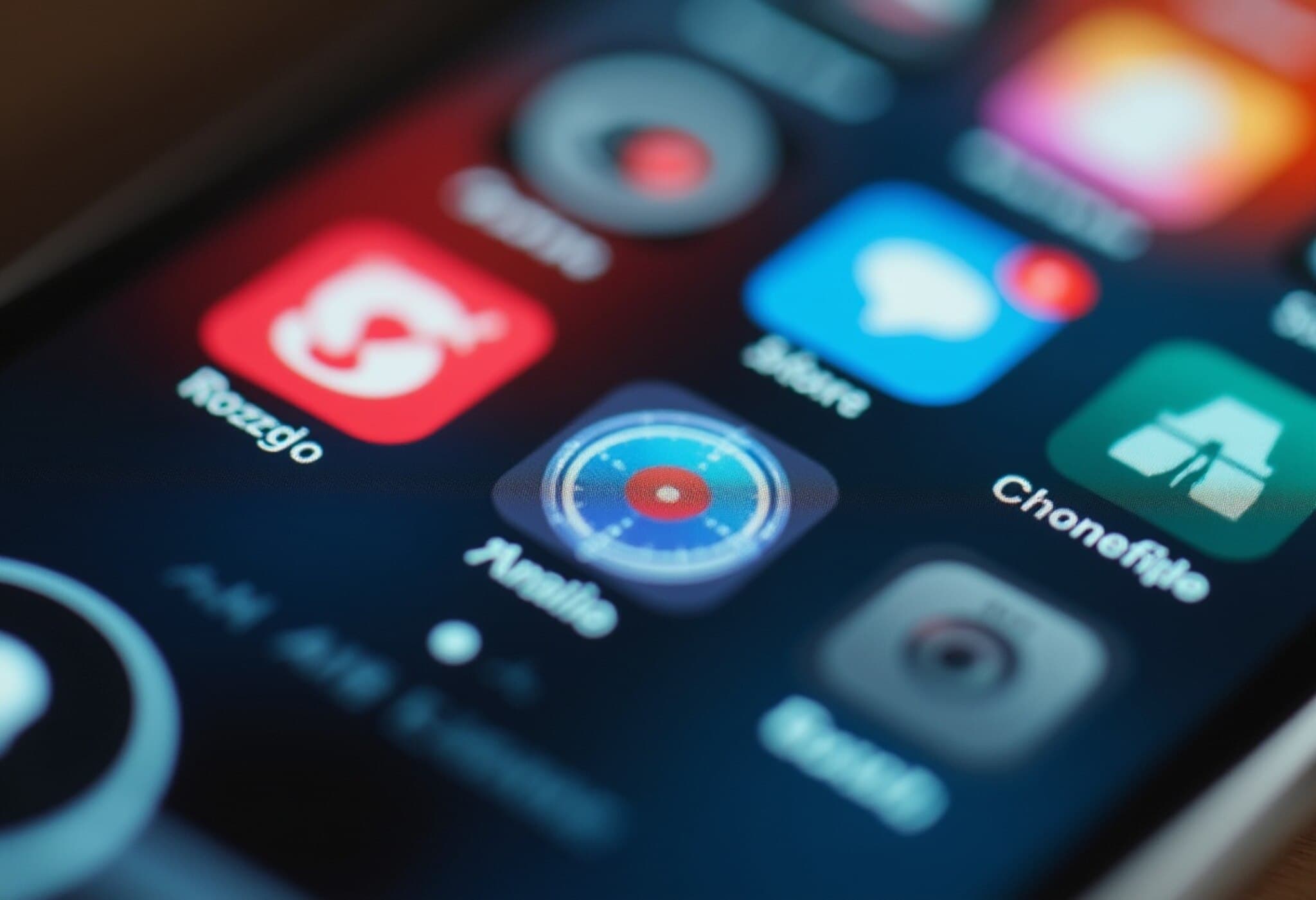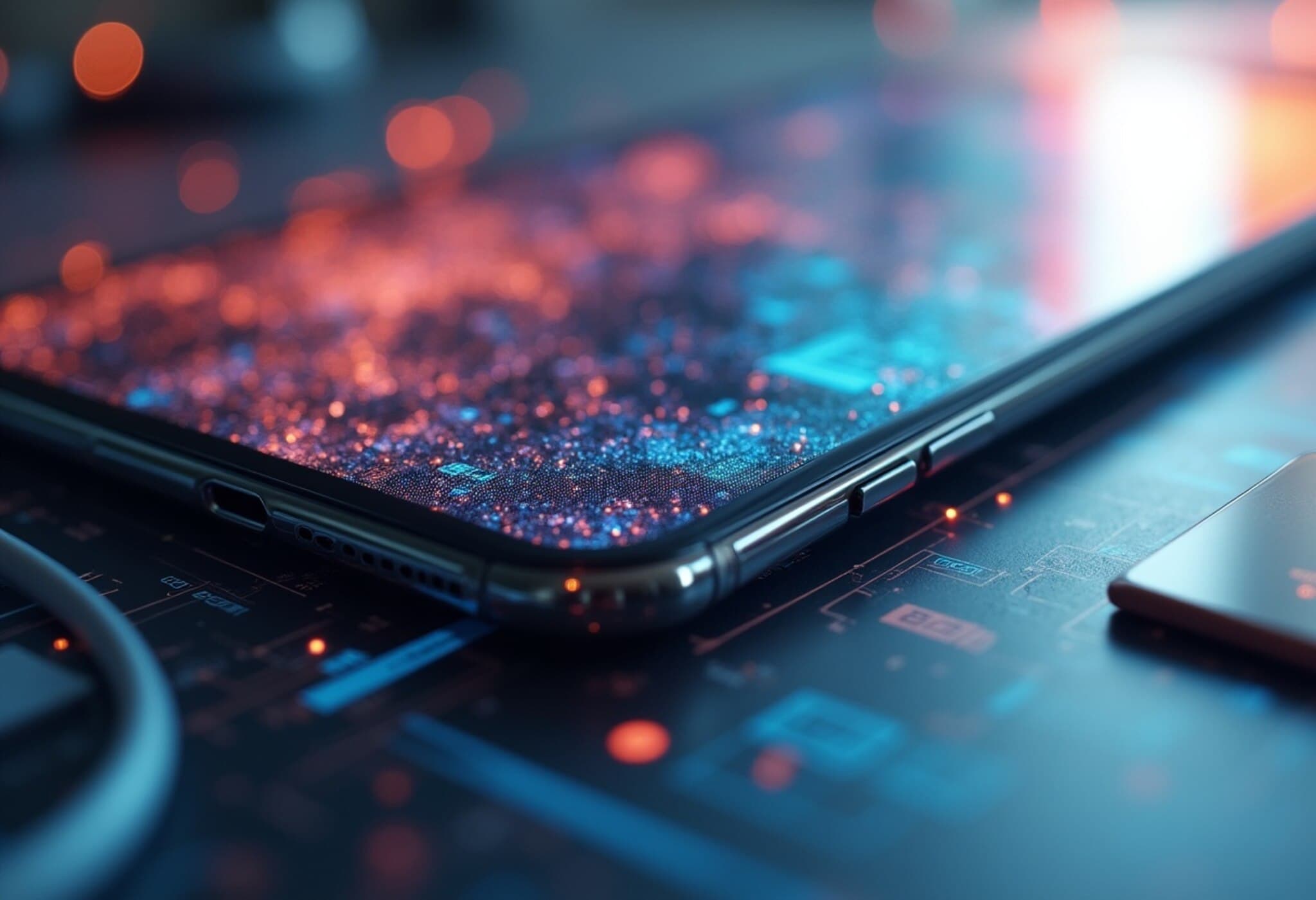Apple Launches Public Beta of iOS 26: A Major iPhone Redesign in the Making
Apple has officially rolled out the public beta preview of iOS 26, heralding the most significant overhaul to the iPhone’s user interface since the transformative iOS 7 of 2013. This latest iteration introduces a visually striking design dubbed “Liquid Glass,” that promises to reimagine how users interact with their devices come this fall.
How to Access the iOS 26 Public Beta
For eager iPhone users with compatible recent models, exploring iOS 26’s fresh look and features is as straightforward as enrolling in Apple’s Beta Software Program. Steps include:
- Signing up for the public beta on Apple’s official website.
- Navigating to Settings > General > Software Update > Beta Updates to download.
This early access empowers everyday users, beyond the developer community, to test-drive upcoming changes and provide vital feedback that shapes the final release.
What Makes iOS 26’s “Liquid Glass” Redesign Stand Out?
The “Liquid Glass” aesthetic departs from traditional solid buttons and menus, layering translucent elements throughout the interface. Animated fluidity gives the impression of glass that flows and morphs seamlessly beneath your fingertips. Industry experts note this could redefine Apple's hallmark emphasis on sleek minimalism by adding depth and motion that feel both modern and organic.
Apple’s designers have stated this approach aims to craft a more immersive and intuitive user experience, harkening back to how tangible materials inspire interaction in the physical world.
New Features Enhancing Daily iPhone Use
Beyond its bold visual makeover, iOS 26 packs practical improvements:
- Phone App Integration: Recent calls and voicemails consolidate into a unified, easier-to-navigate screen.
- Spam Call and Text Screening: Enhanced filtering tools help users dodge unwanted interruptions more effectively.
- AI-Powered Innovations: Real-time translation within iMessage and FaceTime bridges language gaps, paralleling real-world conversations with newfound ease.
- Visual Search From Screenshots: Users can now highlight an object within a screenshot—like a lamp in a news article—and instantly discover shopping options or related info online.
Notably, ambitious upgrades to Apple’s Siri voice assistant, teased in 2024, remain absent from this release, with Apple signaling those enhancements will likely debut no earlier than 2026.
Broader Impact: iOS 26 Across Apple’s Ecosystem
The “Liquid Glass” design philosophy isn’t confined to iPhones. Apple is extending this fresh visual language to iPads, Macs, and Apple Watches, suggesting a future where all Apple devices share a cohesive, fluid user interface. For users, this harmonization promises a more seamless experience across devices.
By the Numbers: Apple’s Update Cycle and User Experience
- Annual Milestone: Apple traditionally announces major iOS updates every June during its Worldwide Developers Conference (WWDC).
- Beta Season: Following the announcement, developers and now public users test betas over summer to identify bugs and offer feedback.
- Official Rollout: The full, polished update rolls out in the fall, usually bundled with new iPhone hardware, reaching millions worldwide via automatic updates.
Expert Insight: What This Means for Users and the Industry
From a technology analyst’s perspective, Apple’s bold UI shift demonstrates the company’s ongoing commitment to innovation not just through new hardware but through enhanced user experience. The “Liquid Glass” interface leverages modern design trends—such as translucency and fluidity—while taking advantage of Apple’s powerful processors to handle complex animations smoothly.
In a marketplace where user engagement is paramount, these changes reinforce Apple’s strategic positioning against competitors by deepening the interaction experience at a tactile level.
However, this redesign could present accessibility challenges. It will be crucial for Apple to ensure elements remain clearly visible and navigable to all users, including those with visual impairments.
Looking Ahead: What to Watch for Next
As the public beta rolls out, Apple’s reliance on user feedback will determine if “Liquid Glass” evolves or scales back before the final release. Will this be as revolutionary as the 2013 shift to flat design? Or will users gravitate towards more familiar interfaces?
Additionally, the delay in Siri’s major overhaul invites questions about Apple’s AI roadmap and how it intends to compete in a space where rivals have made faster gains.
Editor’s Note
Apple’s unveiling of iOS 26’s “Liquid Glass” design marks an ambitious leap in mobile interface aesthetics and functionality, redefining the user’s digital touchpoints. While the beta offers a glimpse into this new world, its success will hinge on Apple’s responsiveness to real-world user experiences and accessibility needs. As always, the interplay between innovation and usability will shape the iPhone’s — and Apple’s — future in a fiercely evolving tech landscape.



















